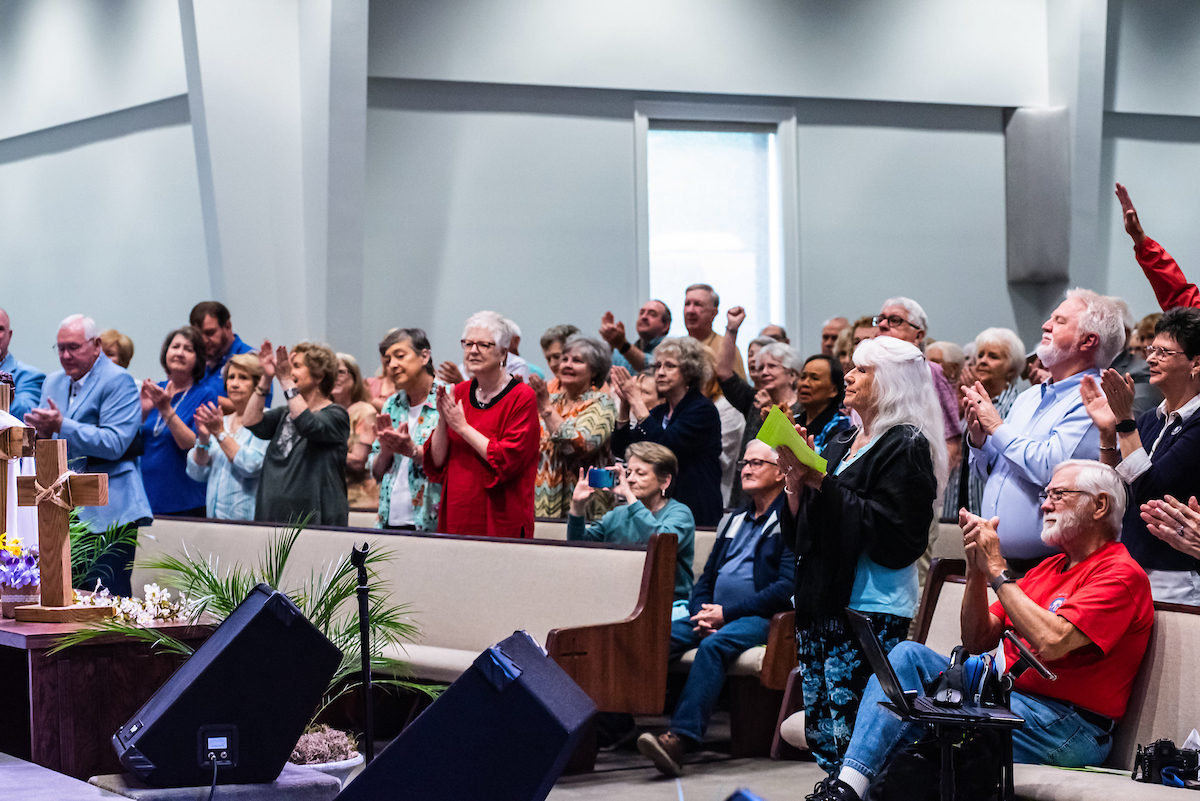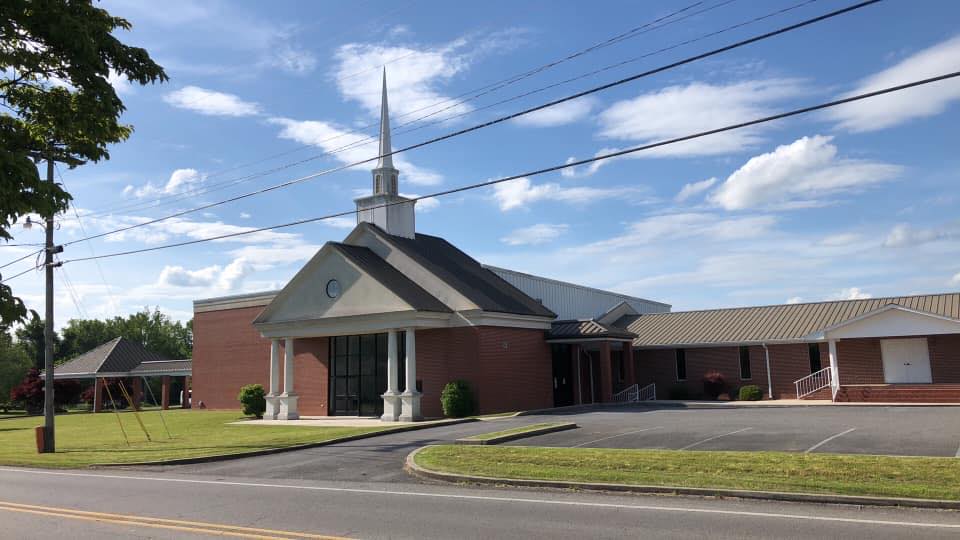In Protestant churches today, including Southern Baptist churches, the average age of clergy and church members is older than in previous years.
A recent Lifeway Research analysis found the average age of clergy in 2023 was 53.84, up from 53.6 the decade before. The percentage of church members older than 65 has increased from 33% in 2020 to 36% in 2023.
The majority of Southern Baptists are over the age of 55, with a smaller percentage falling in the 18–35 age range.
Growing older
America itself is aging. The U.S. Census Bureau projects that by the year 2030, 1 in 5 Americans will be of retirement age, and all baby boomers will be 65 or older. In 2034, adults ages 65 and older are projected to outnumber children under the age of 18 for the first time in U.S. history. By 2060, the 85-plus population is expected to grow 200%.
The problem is complicated due to more and more young adults today who are deciding not to have children. A Pew Research 2018 national survey found that 37% of adults who at the time did not already have children did not intend to become parents.
Substantial loss of membership
The SBC lost nearly half a million church members in 2022 alone, continuing an alarming trend from previous years. The loss of these 457,371 members proves the largest in more than a century. The COVID-19 pandemic caused some of this decline along with many other reasons, including the fact that older members are dying off and fewer young people are replacing them.
As this demographic shift takes place, Southern Baptists could see a decrease in the active workforce within the church, as older congregations might lack the physical ability to participate in church activities, volunteer work, outreach programs, community services and daily operational tasks.
An aging congregation may also see a decrease in financial contributions, as older members often have fixed incomes, high health care costs and other age-related expenses. Lack of financial means can affect church operations, support staff and church programs and activities.
With fewer volunteers, churches may also be unable to sustain the building facilities, including regular maintenance and costly repairs.
Adapting to change
According to a 2023 report from the 2020 Religion Census, the Southern Baptist Convention is a fellowship that has 51,379 churches scattered across the United States and its territories. On average, Southern Baptist number 344 members per congregation.
Larger churches in the SBC have a greater ability to adapt to changing cultural and societal trends, helping the church to remain relevant to younger people. They have more resources and infrastructure to offer activities and programs that cater to younger members. With more resources at their disposal, larger churches can engage in extensive community outreach and evangelism, attracting people from a wider area.
But the SBC’s small churches have fewer resources to provide programs that appeal to younger families, children’s ministries and other programs. Smaller rural churches may have to shut their doors due to aging and dying members and also to families that move to the larger and more program-focused churches.
What churches can do
- Embrace intentional senior ministry. Care for the older adults in your church, actively training and engaging them in church activities and ministry. Older Christians can contribute significantly. “You can build a strong church by focusing on seniors,” said author Karl Vaters. “Senior ministry must be as intentional as every other ministry.” Older members are a vast resource for teaching, mentoring and suggesting new ministry ideas. They are valuable and experienced and should not be overlooked.
- Promote intergenerational engagement. Encourage interactions and build a strong sense of community by bringing together different age groups — older and younger members — through programs and activities. Engage in multigenerational discussion groups and find creative new ways to interest younger generations while staying biblically dedicated.
- Develop targeted outreach programs. Reach out to the community with new church-based programs and activities to attract younger families and individuals. This might include contemporary worship services, youth-focused community events and relevant sermon topics. Engage the congregation in community service projects and other ways to help others through church initiatives.
- Become a welcoming congregation. Heartily welcome those visitors and invited families who visit your church, making them feel at home and showing interest in their lives and families. Make it easy for the unchurched in the community — including those of different ethnic groups — to visit the church and learn about worship service schedules, programs and activities.
- Regularly evaluate church programs. Make sure the programs and activities hosted by your church meet the changing needs of the congregation as young families and individuals come in. Listen to them, identify their needs, be open to feedback and be willing to make changes as necessary. As you make these changes, remember to keep Christ as the center of your church, and preach and teach God’s Word with devotion.
- Be open to technology for reaching people. Use technology to connect, communicate and engage new and regular church members. “With all the technological developments and advances, the modern-day church is evolving and changing every day to be ‘salt and light’ in a fast-paced, results-driven society. Serving a multicultural community requires a multifaceted approach anchored with the right digital tools and online resources,” writes Dean Lisenby in “7 Ways Technology Can Improve Your Church.”Church technology can provide unparalleled opportunities for your church in the areas of worship, missions, providing information, providing communication with members and other important aspects of modern-day ministry.
The challenges that face today’s churches, particularly the issue of aging congregations, are significant but not insurmountable. By focusing on intentional senior ministry, promoting intergenerational engagement, developing targeted outreach programs, creating a welcoming atmosphere, evaluating church programs regularly and embracing technology, churches can address the needs of an aging congregation, attract younger members and families and thrive regardless of the ages of their members.






Share with others: